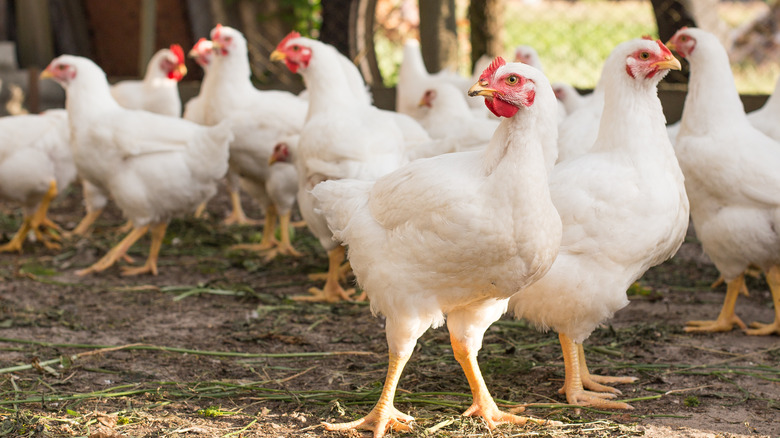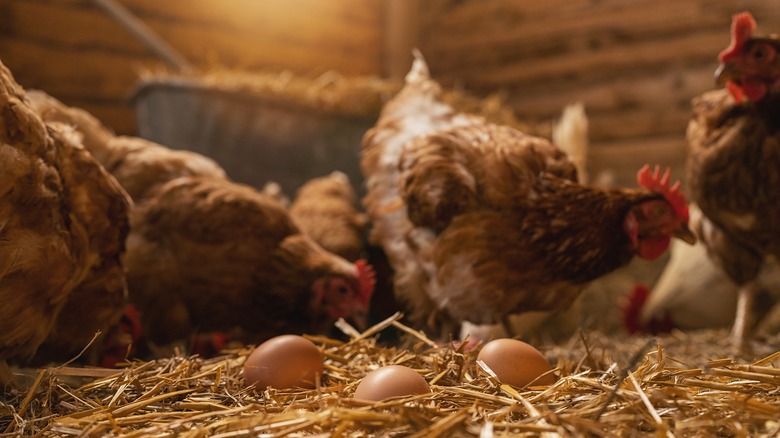Experts Are Worried That Our Poultry Is At Risk As Migration Season Ramps Up
A highly pathogenic avian flu has been ravaging poultry flocks across the country. This virus has affected nearly 800 separate flocks, impacting more than 58.6 million birds. Highly pathogenic versions of the avian flu can spread rapidly among birds and cause high mortality in the infected, leading to severely decreased flock sizes, whether through deaths caused by the flu or through culling.
Consumers have already seen steep price increases for eggs over the last few months due to the flu. Forbes reports that egg prices have doubled in the last year, and the median cost is now around $4.25 per dozen. The outlet reports that this spread of avian flu has reached 47 states; an outbreak of the virus in 2015 only hit 21.
As the weather warms for spring and migration season begins, experts are worrying that we could see another spike in avian flu cases.
Prices could keep rising
Bird migration lasts from February to May, reports Food Dive, and traveling birds could be bringing back avian flu after their travels. Agriculture economist Rodney Holcomb told the outlet that migratory birds may be asymptomatic but still carry the virus with them. He said the birds that experts are most concerned about include raptors and waterfowl — groups that include ducks, hawks, geese, eagles, and owls. When raptors prey on domestic flocks of poultry, the attacking birds could infect flocks.
If flocks are infected, consumers could see even higher prices of eggs and chicken products in grocery stores. The meat industry reportedly took a hit back in 2015, the last time avian flu swept the nation, causing product shortages.
Now, though the industry has prepared ahead of the crisis, there is unfortunately no way of knowing just how hard flocks will be hit. There is a high chance the situation could change quickly, and egg prices could jump as much as 20% higher.

